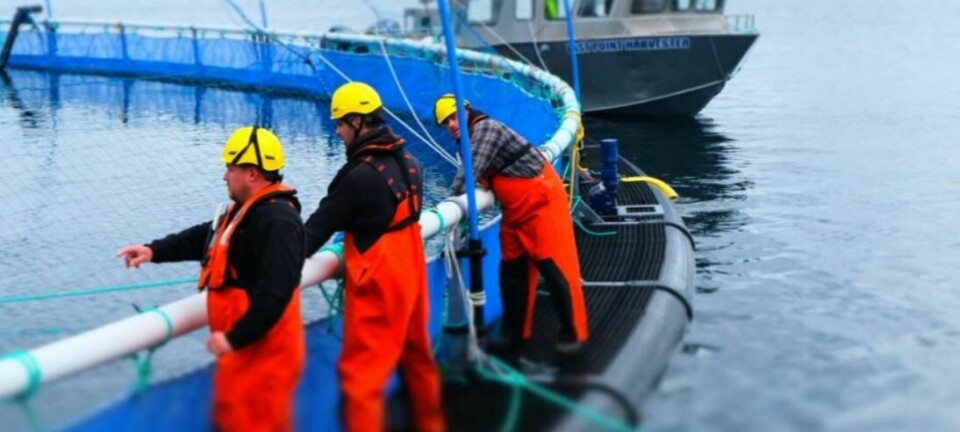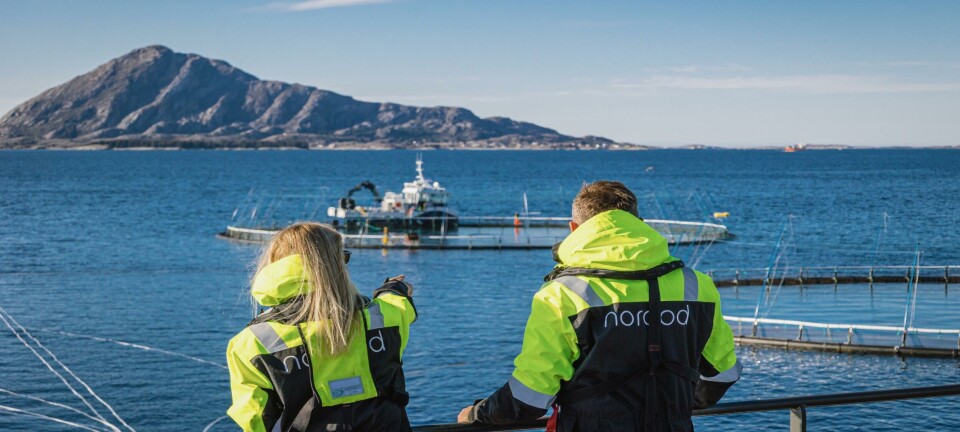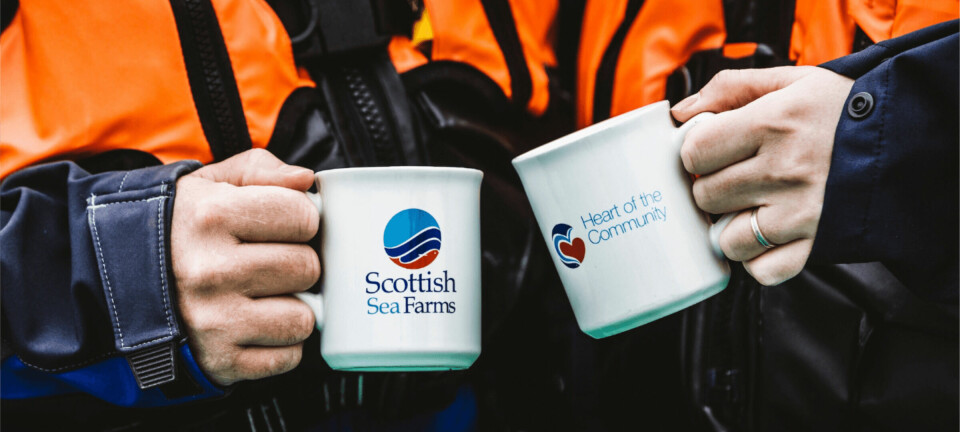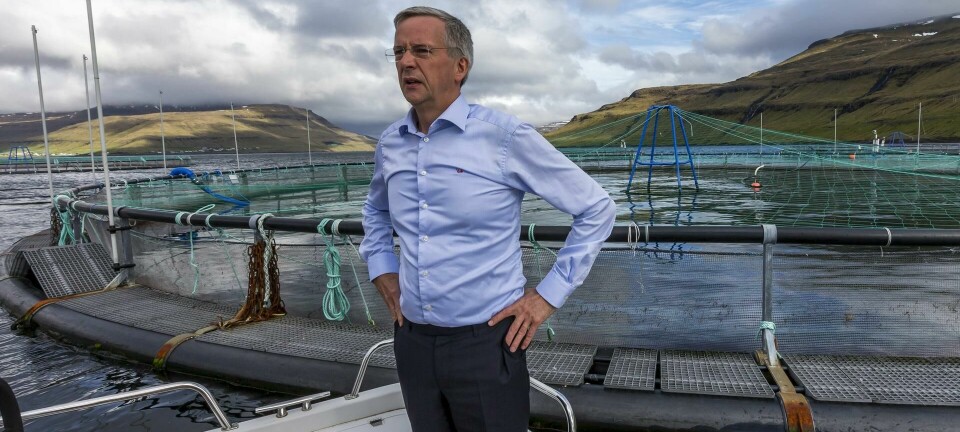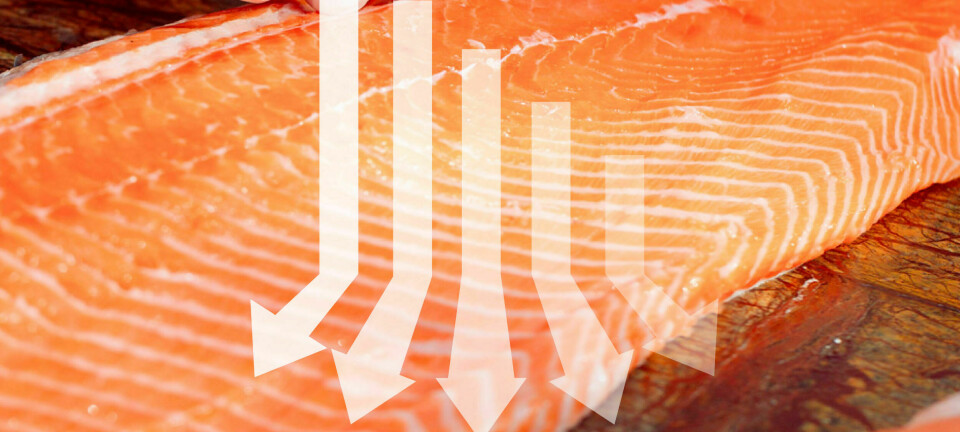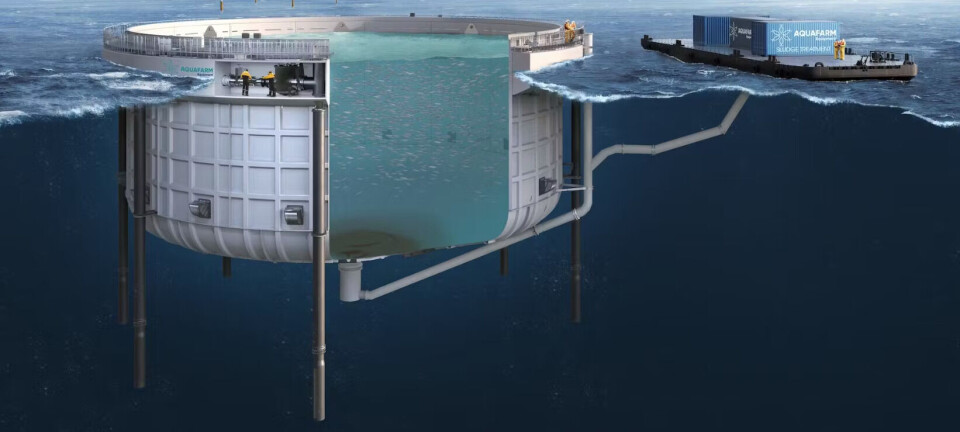
Hybridisation tops conference agenda
Research presented at the annual ACCFA forum shows that preventing genetic mixing of wild salmon with farm escapees needs to be a top priority in Atlantic Canada.
Dr Ian Bradbury, a research scientist with Fisheries & Oceans Canada (DFO), was present at the Atlantic Canada Fish Farmers Association (ACFFA) Research Forum last week, where he revealed some of his results from the work he has been conducting in Atlantic Canada trying to develop genomic tools to quantify impacts of escaped farmed salmon on wild populations.
The collaborative project includes funding from DFO, Memorial University, Atlantic Salmon Federation, and industry partners.
“We had an escape a few years ago, and we are now following up to look at the potential fallout from that event,” said Bradbury.
“Despite our best efforts, we do see salmon escaping, and with escapes comes potential for genetic and ecological interactions with wild salmon,” he added.
In Europe, this has been studied more extensively than in Eastern Canada, he explained. For example, researchers have determined that 1 in 4 Scottish fish are Scottish-Norwegian hybrids.
In a recent paper coming out of Norway, 50% of surveyed Norwegian rivers had significant genetic changes due to interbreeding with escapees.
“The more we learn, the more we are becoming aware of these interactions and the need to understand them,” reflected Bradbury.
He continued: “In Atlantic Canada, we have seen escapes in the Bay of Fundy (NB), as well as in Fortune Bay (NFLD). In NFLD, most of the reports of escapees are associated with a single event that happened in 2013 – releasing around 20,000 farmed Atlantic salmon.
“Our approach is to develop new genomic and genetic tools that can be used to quantify these interactions. These tools include SNPs (single nucleotide polymorphisms) – the most basic difference that exists between individuals.”
Measuring hybridisation
The strategy was to generate baselines of SNPs for wild salmon and for farmed salmon in a region, and use those to measure levels of hybridization or introgression – intermingling between the two populations genetically.
Bradbury’s results suggest that the tool works really well – there is no overlap between wild or farmed populations so they are able to readily identify escapees, while simulations indicate they can detect hybrids with at least 95% accuracy.
To test the tool, Bradbury and his team made hybrids using wild and farmed fish, and the results were really exciting.
“The analysis gets all the wild, farmed and hybrid fish correct,” he said.
Between simulations and independent validations, Bradbury is confident his approach is field-ready.
Starting in 2014, the team went out and sampled 18 locations throughout the region.
“We see pretty convincing evidence of significant hybridization throughout the Bay of Fortune area,” said Bradbury. “17 of the 18 rivers showed evidence of hybridization, and about a third of the samples looked like they had hybrid ancestors”
He continued: “This is the first time we have had the tools and the power to be able to quantify these sorts of interactions. We do see most of the hybrids are F1s, but we do see F2s and backcrosses, suggesting that some of these hybrids are resulting from previous escape events and some of them have been viable.”
His results also suggest that there will be larger impacts of genetic hybridization on smaller rivers that support lower numbers of wild salmon.
“Larger populations are more resilient and resistant to genetic change,” said Bradbury.
Preventing interbreeding is a top priority
This research points to the need for farming sterile fish in areas where wild populations are struggling, such as Southern NFLD.
Escapees and their effects on wild salmon populations is one of the biggest arguments against the newly proposed Grieg NL project in Placentia Bay.
To prevent these effects, Grieg NL plans to farm triploid salmon stocks.
According to a report released by DFO (http://www.dfo-mpo.gc.ca/csas-sccs/Publications/ResDocsDocRech/2015/2015_003-eng.pdf):
“In the absence of effective measures to prevent the escape of farmed salmon or to recapture them post-escape, the only effective method to minimize their impacts on wild populations is to ensure that farmed populations are comprised solely of sterile fish through the use of all-female triploids.”
“Aside from sterility, there are no population-wide phenotypic effects of triploidy, although triploids do tend to perform less well than diploids with respect to commercial culture characteristics and, if released to the wild, are not likely to outcompete or displace native salmon.”
Triploids are genetically identical to diploid fish of the same stock, but have another set of chromosomes that makes them sterile. Other examples of triploids in the marketplace include bananas, grapes and trout.
Not only are they sterile, but recent research shows triploid salmon don’t behave the same way as their diploid counterparts.
A recent study by the Institute of Marine Research in Norway, “Sterile Escaped Salmon Avoid Rivers,” showed that of nearly 4,000 escaped salmon found in 17 Norwegian rivers, triploid salmon are only one-tenth as motivated to migrate up the rivers as diploid salmon. Therefore, a transition to the production of sterile triploid salmon should be considered as concrete action against mixing escaped salmon with wild salmon populations.

